Search
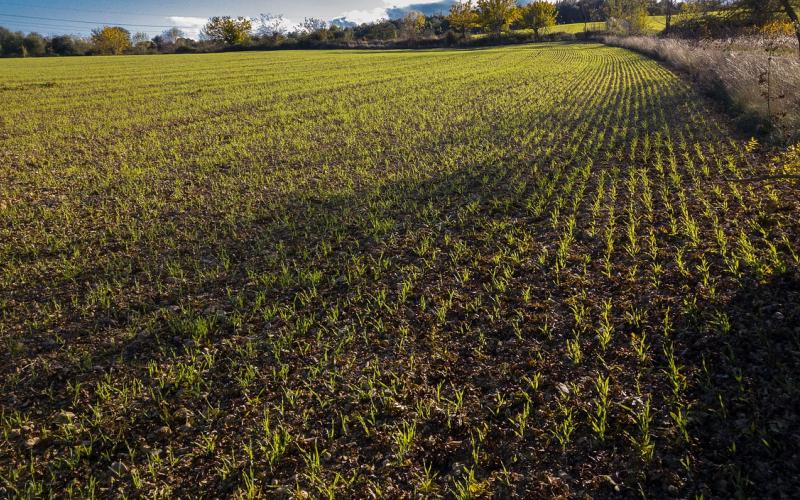
Starter Fertilizer in Winter Wheat
Winter wheat planting season is soon at hand. Questions often abound on the issue of fertilization rates, timing and placement. Over the years, a lot of research has focused on starter fertilizers or split-applying nitrogen (N) and other nutrients. In general, phosphorus placed with the seed has been shown to increase tillering and total grain yield. Nitrogen is more uncertain, due to the possibility of salt burn and the associated yield losses.
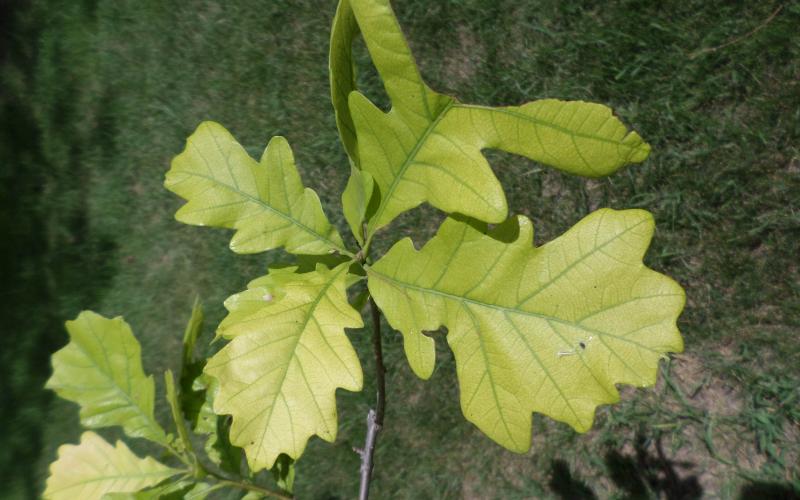
Why Are The Tree Leaves Turning Yellow?
Chlorosis, a condition where the leaf veins remain green but the surrounding foliage turns pale green or yellow, is a common occurrence on certain tree species in South Dakota.
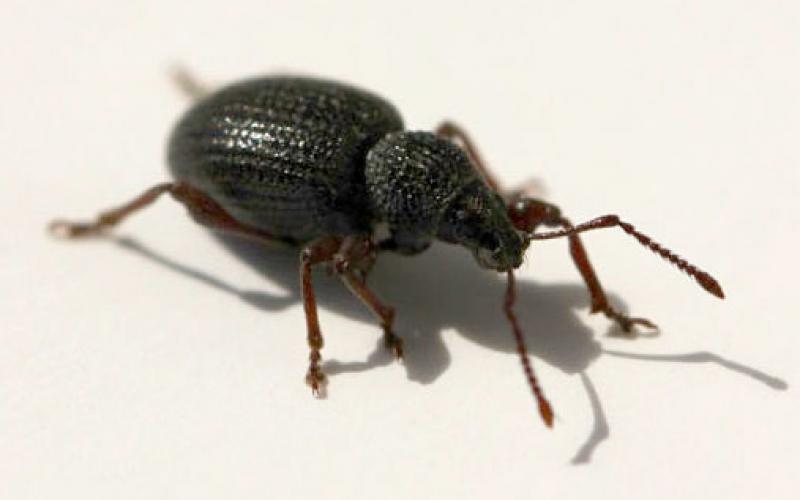
Root Weevils: Accidental Invaders
The latest insects to find their way inside South Dakota homes are the root weevils, a kind of beetle characterized by a distinct snout on the front of its head.

Soybean Production: Cost-effective pest management practices
Chemicals were one of the most expensive individual costs in soybean production, behind only to seed in the non-land cost category. The average cash-rent soybean production farms incurred a crop chemical cost of $39/ac in 2015, an 88% increase from 2010.

Trees & Drought Stress
Trees require a lot of water to meet their functional needs and long-term shortages can influence their growth and survival.
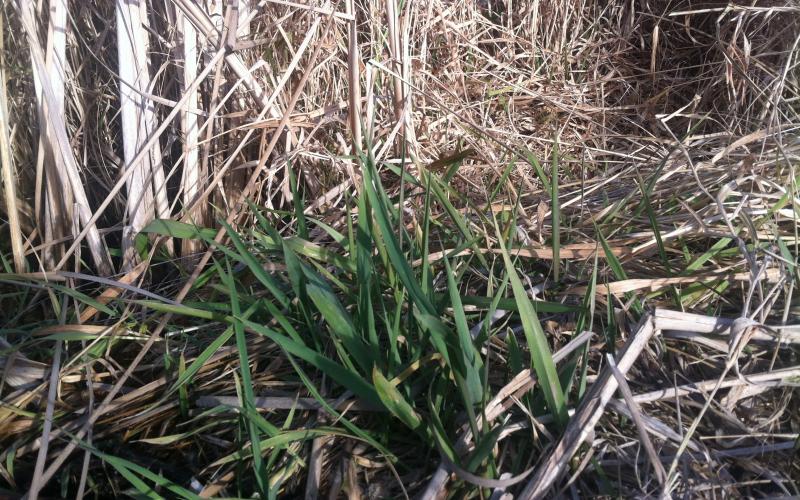
Reed Canary Grass: Possible Prussic Acid & Alkaloid Issues
Prussic acid issues with reed canary grass are poorly understood and may go unrecognized if they occur. This article addresses a little-known but interesting aspect of the biology of reed canary grass.
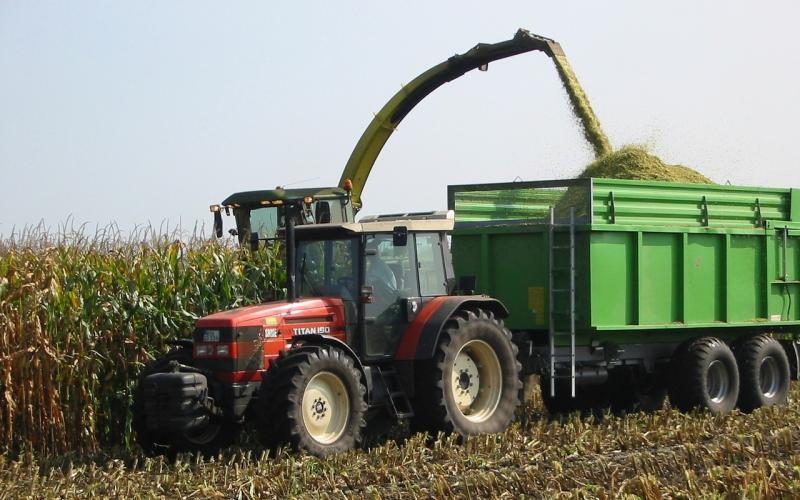
Silage: Minimizing Losses and Maximizing Value
Optimizing silage value starts by harvesting at the right moisture content.

Making Use of “Ugly” Feeds
Feed does not have to be perfect to be useful. The key to making smart feeding decisions is knowing what the imperfections are and adjusting accordingly.
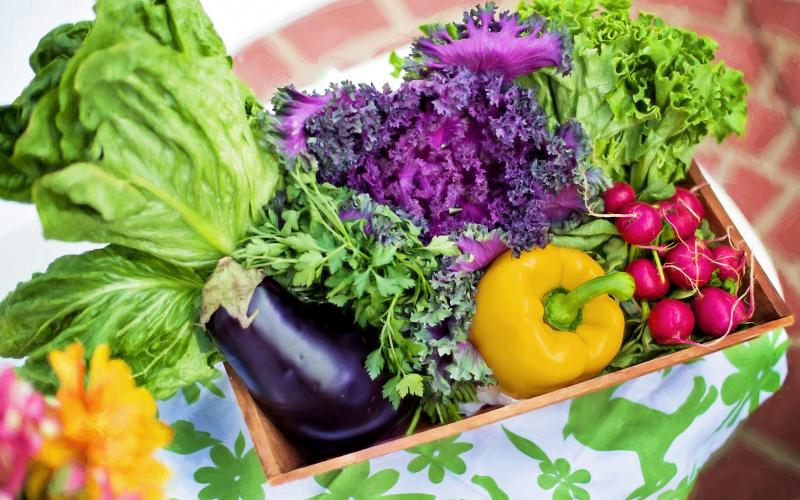
Family Fun With Gardening
Gardening is a fun way to incorporate physical activity into your day, and is a great way to connect kids to where their food comes from!

Silage Moisture Testing Tips
Two key points to keep in mind when making high-quality silage are moisture content before harvest and nutrient content before feeding.